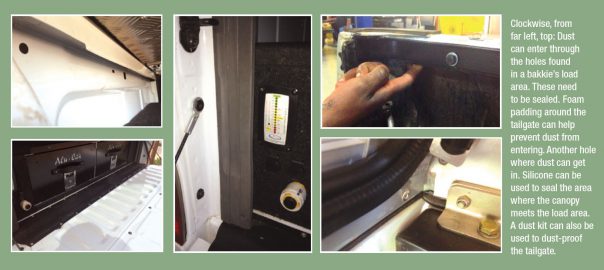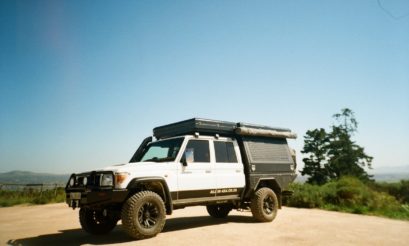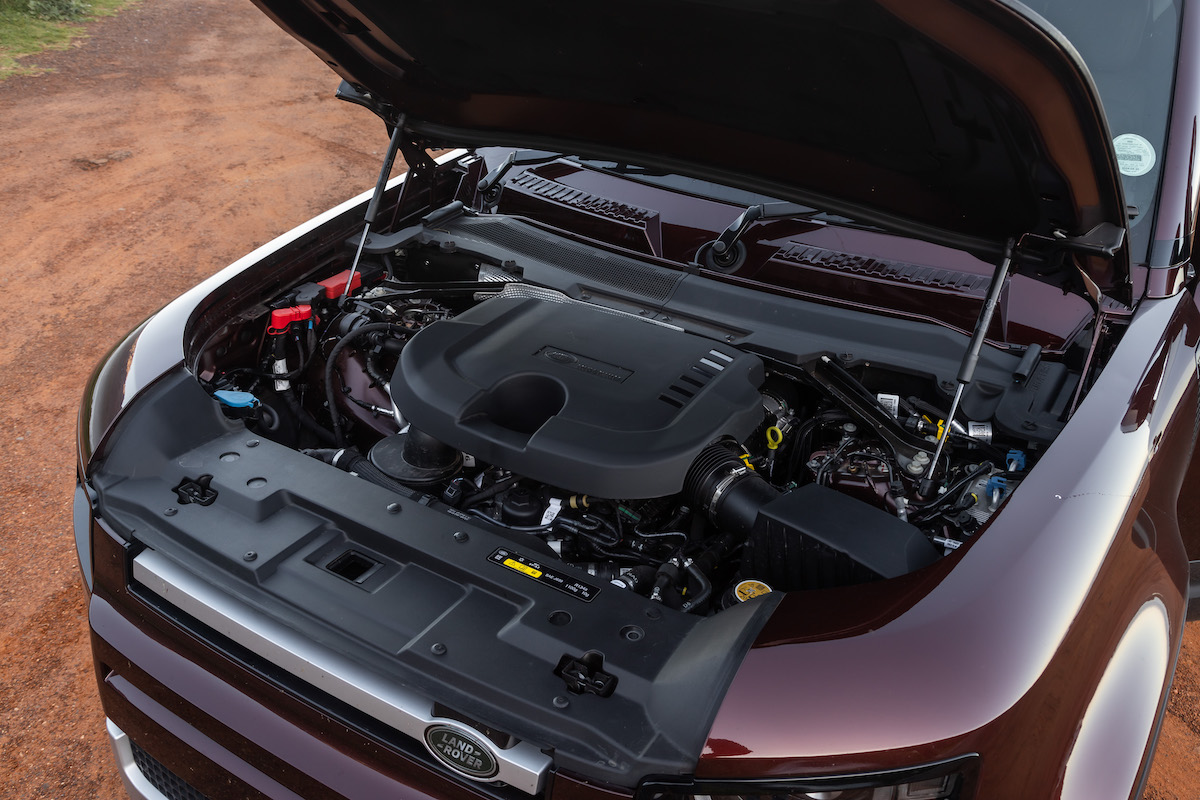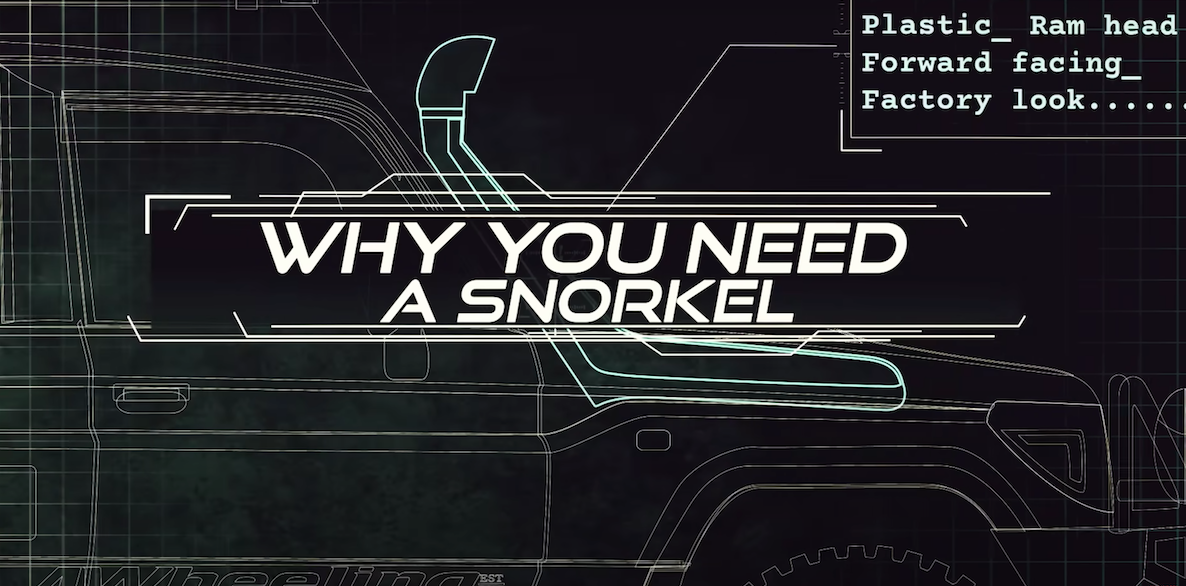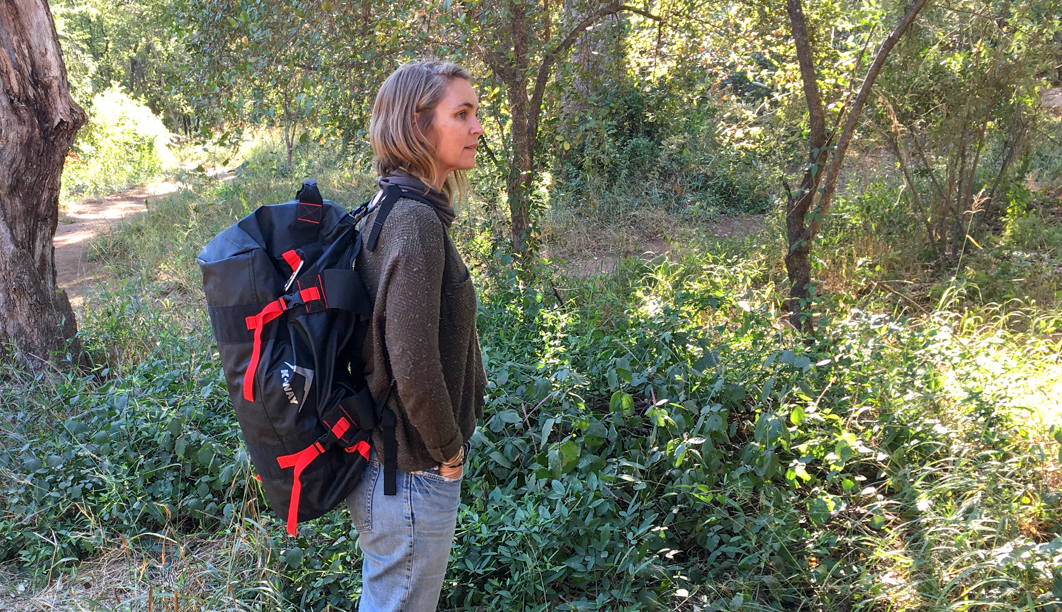Owners of bakkies with canopies – regardless of whether they are made of fibreglass or are aluminium, overlandoriented ones – often complain that dust gets into the load areas. This is certainly a problem and it can often be tricky to fix, but the solution won’t be found where most people expect. The problem is usually not that the canopy allows dust to enter the load area but lies with the design of the vehicle itself.
Let’s look at the Toyota Hilux, the most popular bakkie on our roads. There are massive holes behind the taillights of the vehicle, so dust can enter there, regardless of how tightly your canopy has been fitted. Similarly, the new Ford Ranger has holes in the load area that allow dust to enter on dirt roads. If you want to dustproof your load area, you have to seal these holes before you fit a canopy.
Another option is to purchase a dust kit from your fitment centre. These kits are designed with material strips that fit over the tailgate’s flap, as well as on the sides of the tailgate. This seals all holes to prevent dust from coming in.
Dust kits also have two little upright plates with single-foam sponge that surrounds the tailgate and ensures that dust is kept out completely.
I am often asked if dust can enter where the canopy is placed on top of the load area. It can, especially if your load bin has been roughly rubberised.
The best way to solve this problem is to ask your fitment centre to smooth it out, and perhaps even place silicone around the area where the canopy and load bin meet.
Alternatively, you can have a small vent installed on the side or roof of your canopy where fresh air can enter. This air then “pressurises” the canopy, preventing dust from entering. It is an effective solution that we often use.
So, to sum up, here is what you need to do if you want to dustproof your canopy:
- Firstly, ensure that all holes in the load area of your bakkie have been sealed.
- Secondly, make sure that the area where your canopy meets the load bin has been thoroughly sealed.
- Thirdly, install a dust kit to prevent dust from entering around the tailgate.
- Finally, make use of vents to “pressurise” your canopy.
To be honest, you will never be able to keep your load area completely free of dust. Somehow, dust will always find a way to sneak in. This is because of the way air flows around the vehicle. A vacuum is created around the rear of the vehicle, and this sucks dust in. You only need to look at how dirty the rear of your vehicle gets when you travel on a dusty road to realise this.
But, by taking the steps mentioned, you will limit the amount of dust that gets into the load area to a minimum – far too little to cause a headache.
